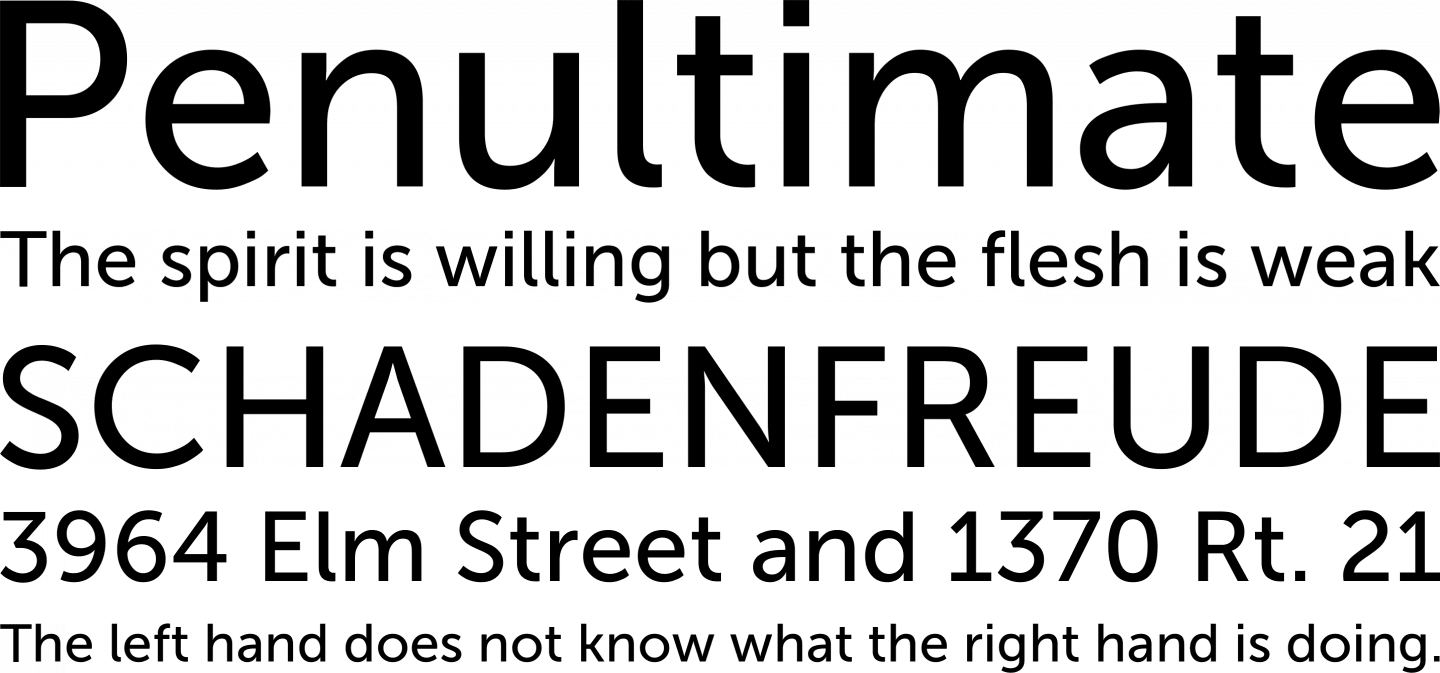


The truth is that for headlines it very much depends on the theme of your site, the overall design style you have chosen, and even the color scheme you are using. However, a lot of modern web site designers prefer the cleaner look of sans serif fonts. As headline text is much larger, computer monitors don’t struggle to display the curly bits. The D-Din font was originally designed for industrial use thus making the font perfectly fitted in technical traffic and administrative application. Serifs are small extensions or strokes that exist on some letters in some.
Sans serif fonts download#
When it comes to headlines, opinion varies considerably. D-Din is an amazing free to download Sans Serif typeface. Sans serif fonts are, as their name denotes, fonts that dont have (sans) serifs. In plain English, computer displays can struggle with the small curly bits on serif fonts, whereas Sans-Serif fonts display much clearer as there are no curly bits to struggle with. The reason for this is interlaced monitors may show what is known as ‘twittering’ on the fine details of the serif fonts. Well, the general consensus is that sans-serif fonts such as Verdana, Arial, Helvetica, and Tahoma, are the most appropriate to use in the body of a web page. The main difference between serif and sans-serif fonts comes down to decorative flourishes but there are other things to consider when choosing between the two types of fonts. Now, how does this help you when designing header graphics and web pages in general.
Sans serif fonts professional#
I’m sure a professional typographer would whack me over the head if he heard me talking about curly bits, but hopefully this description has helped you to understand the difference. Literally, it means ‘without the curly bits’. The term ‘Sans-Serif’ comes from the French word ‘Sans’ which means without. If you don’t then it is a sans serif font. For example on the letter ‘I’ you’ll either have curly sticky out bits on the top and bottom or you won’t. Serif fonts are the ones with the little curly bits that appear on each letter. Some of the most popular fonts in the world are Sans. When you’re writing headlines, sub headings and body copy on a web page it also pays to know your Sans from your Serifs. Sans Serif Font is one that does not have extending features called serifs at the end of strokes. Knowing which one to choose can often make all the difference between a great looking a header graphic and a poor looking one. Have you ever heard the terms ‘Sans Serif’ and ‘Serif’? These are two incredibly important terms when it comes to fonts and design.


 0 kommentar(er)
0 kommentar(er)
